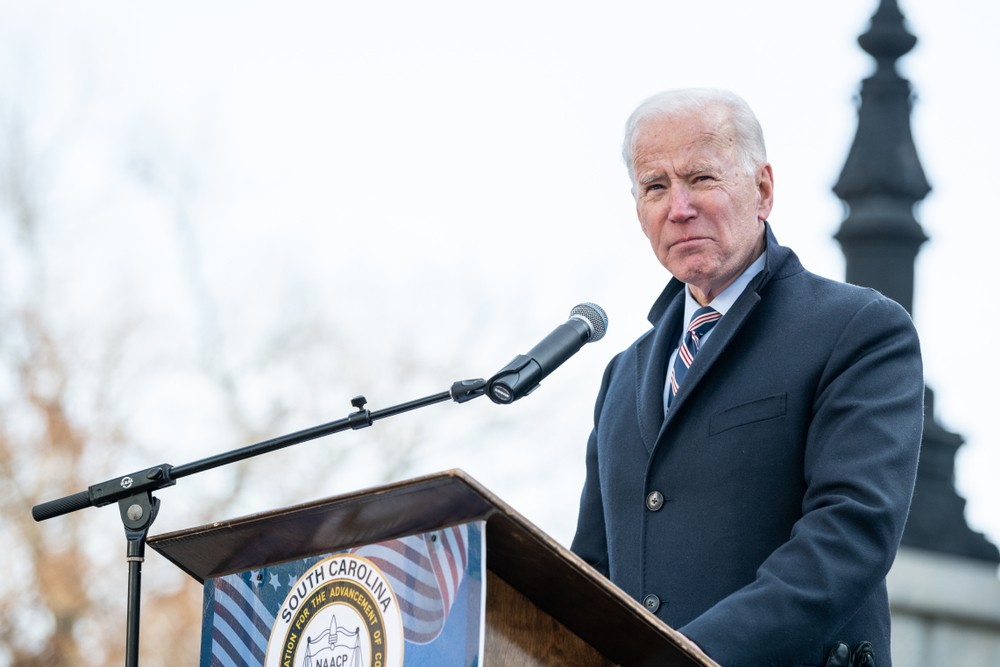Manufacturing Sector Targeted for Increased Spending Under 2023 Budget Proposal

When President Biden took office in January 2021, the U.S. economy was still reeling from the effects of the COVID-19 pandemic. Millions remained out of work and supply chain disruptions contributed to slowdowns in every domestic industry, including manufacturing. The American Rescue Plan Act sought to address the array of issues plaguing the economy, and between this and other legislation efforts, there are 423,000 more manufacturing jobs in the U.S. today.
The recently released federal budget proposal for 2023 strives to build on the past year’s economic gains, and it includes substantial spending increases for the manufacturing sector.
Stronger supply chains
Supply chain issues have caused major problems for domestic manufacturing since the start of the pandemic, and the effects can still be felt across the country. The 2023 budget proposal includes $372 million to the National Institutes of Standards and Technology for the launch of two manufacturing innovation institutes, and continued funding for two others, with the goal of reinforcing domestic supply chains.
The proposal also includes $230 million for the Port Infrastructure Development Program, which helps facilitate critical commercial processes with discretionary grant funding for improving maritime shipping systems and ports.
An additional $125 million in proposed spending aims to expand the Manufacturing Extension Partnership to secure the U.S.’s position as a leader in global production and allow smaller companies to compete with overseas manufacturers.

Clean energy manufacturing
Another key element of the proposal is increased funding for clean energy and other climate-related manufacturing initiatives, which will offer U.S. workers well-paying, in-demand employment opportunities in the coming decades. Of $11.3 billion in discretionary funding for the Department of Energy, the proposed budget includes $200 million for the creation of a Solar Manufacturing Accelerator to establish the domestic infrastructure necessary to meet the administration’s goals for solar energy deployment.
Pandemic preparedness
To better prepare the U.S. for future public health crises, $81.7 billion would go to various public health agencies under the Department of Health and Human Services over the next five years. Of this, $40 billion would be dedicated to vaccine, therapeutic, and diagnostic research, development, and production via the Office of the Assistant Secretary for Preparedness and Response.
In short, the administration’s aim is to improve readiness and avoid lags in the vaccination and treatment of the public in the event of another pandemic.

Hoping to build on recent success
While the proposal isn’t set in stone — it must still be debated, revised, and voted on by Congress — it does lay out the administration’s goals and establish priorities for 2023. By looking to improve and build upon clean energy and infrastructure initiatives already in place, the proposal should start some spirited public conversations about the direction of the U.S. manufacturing sector in the coming years.
